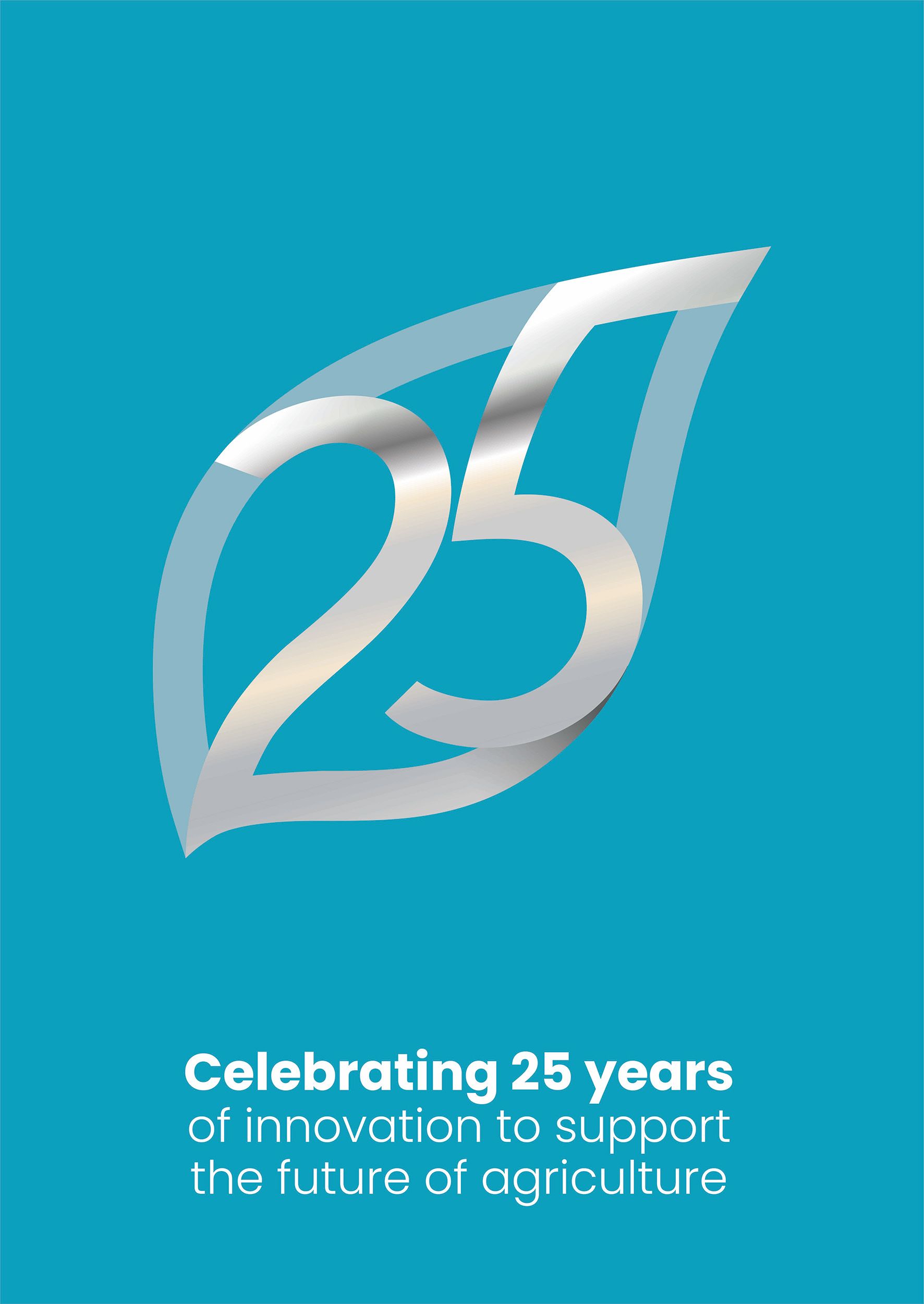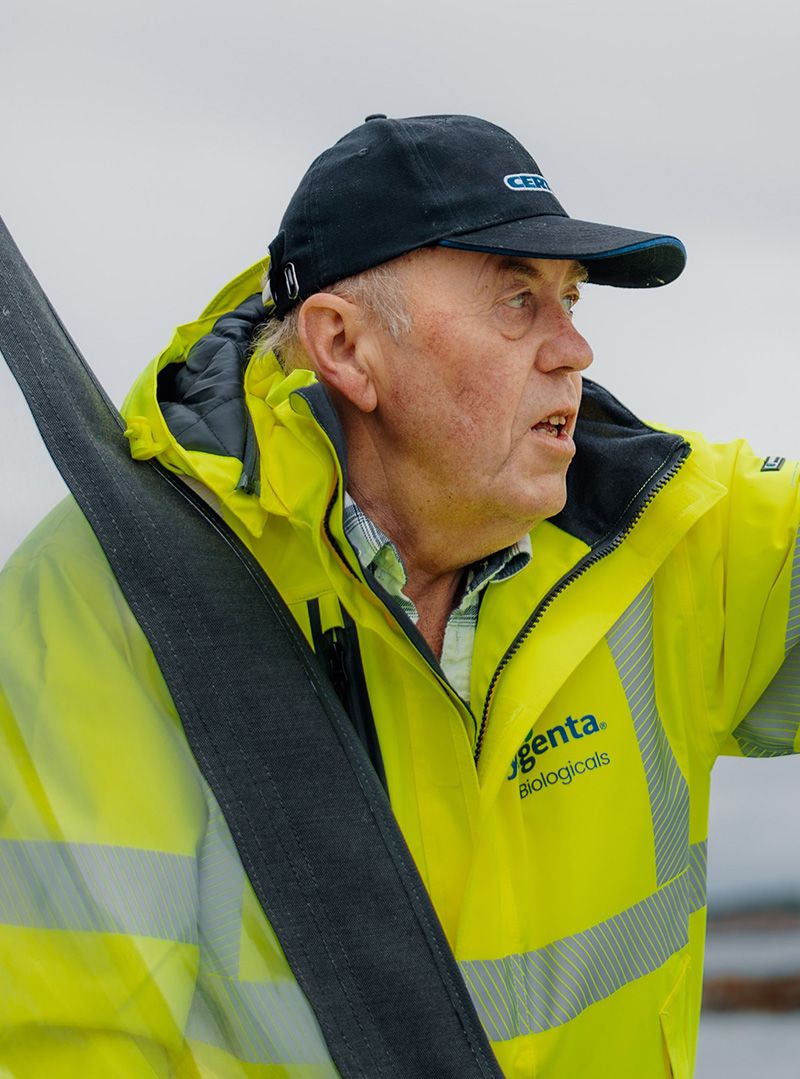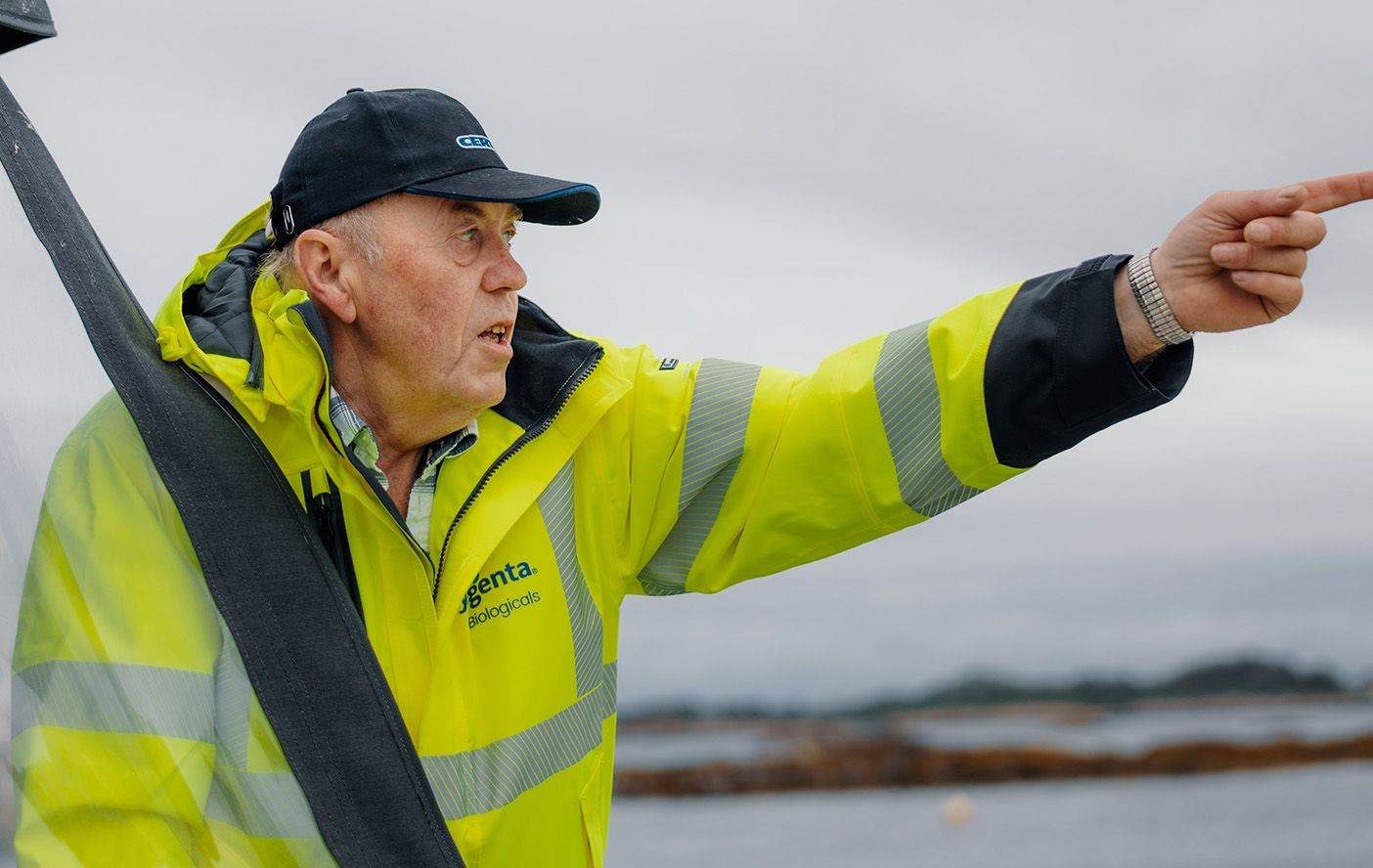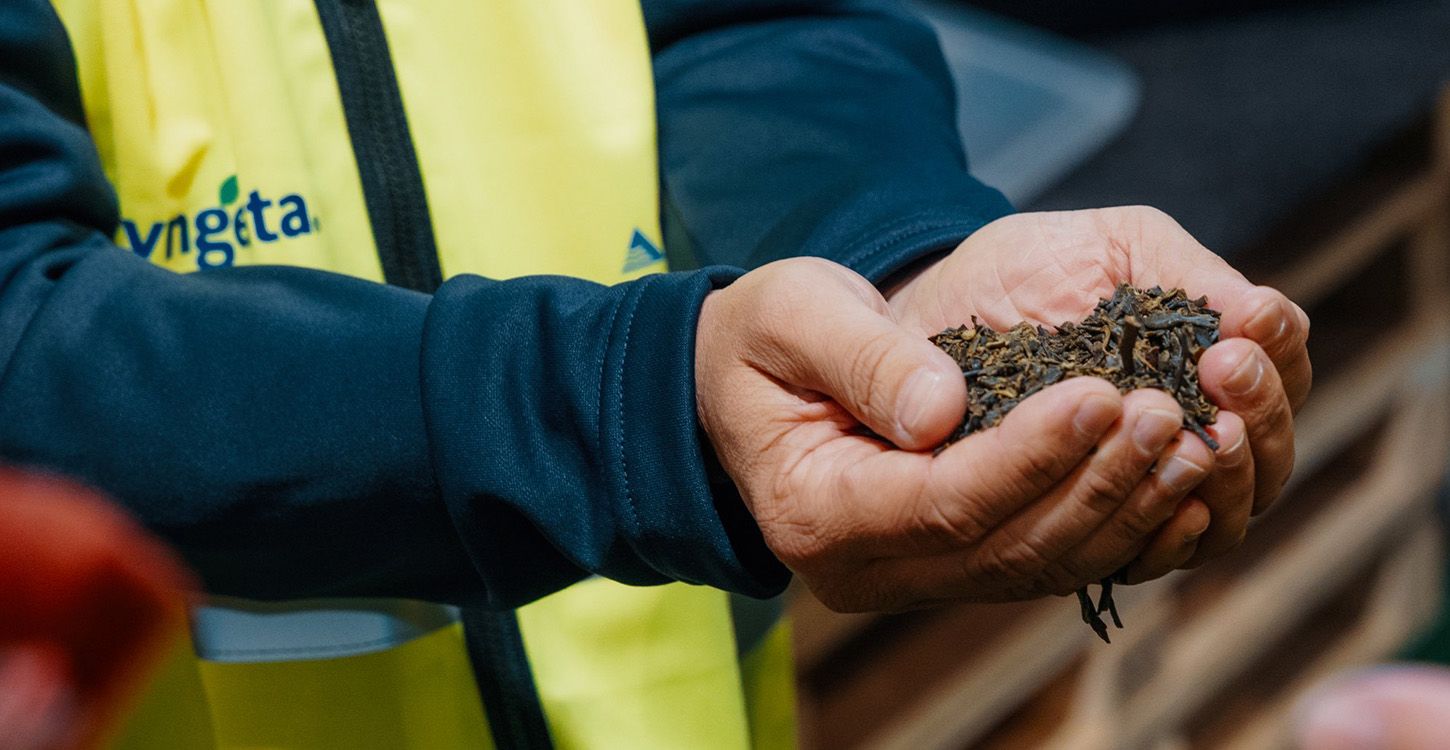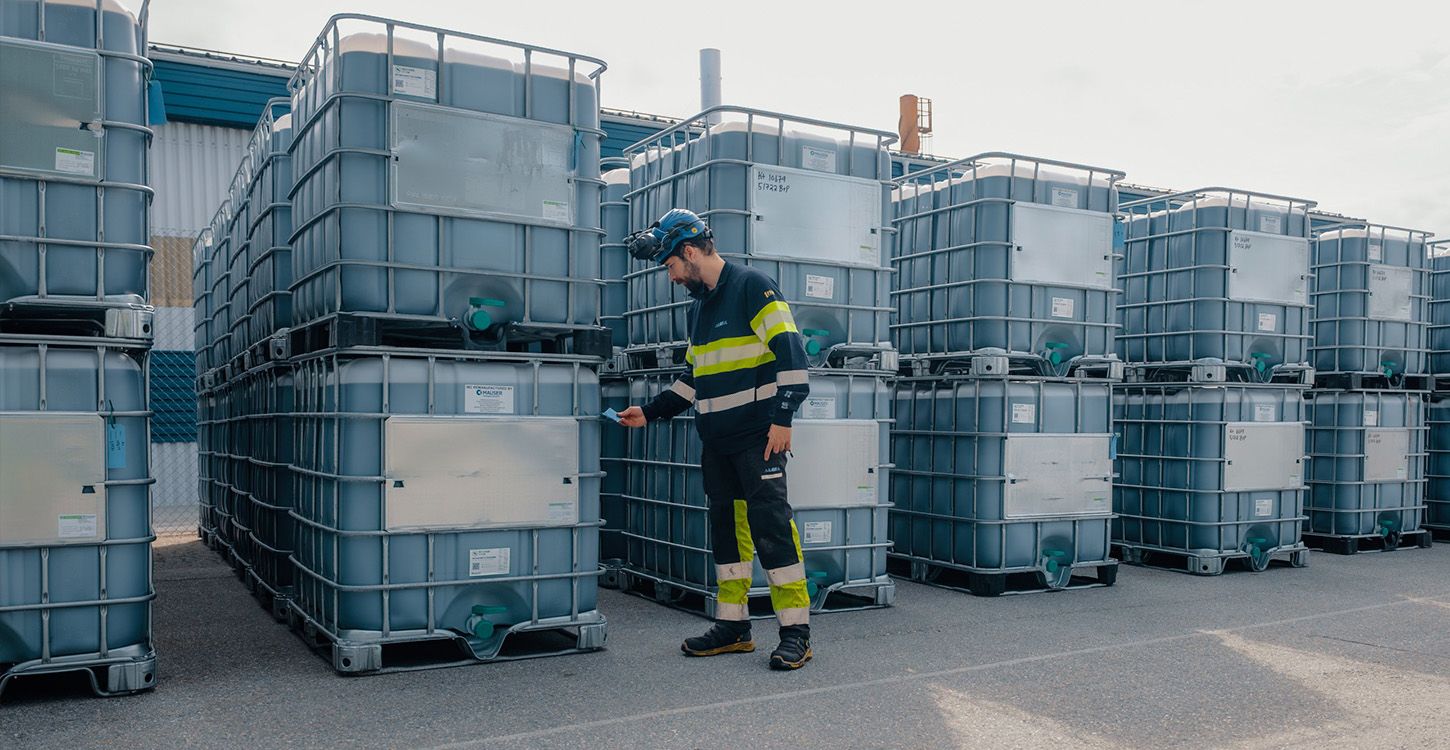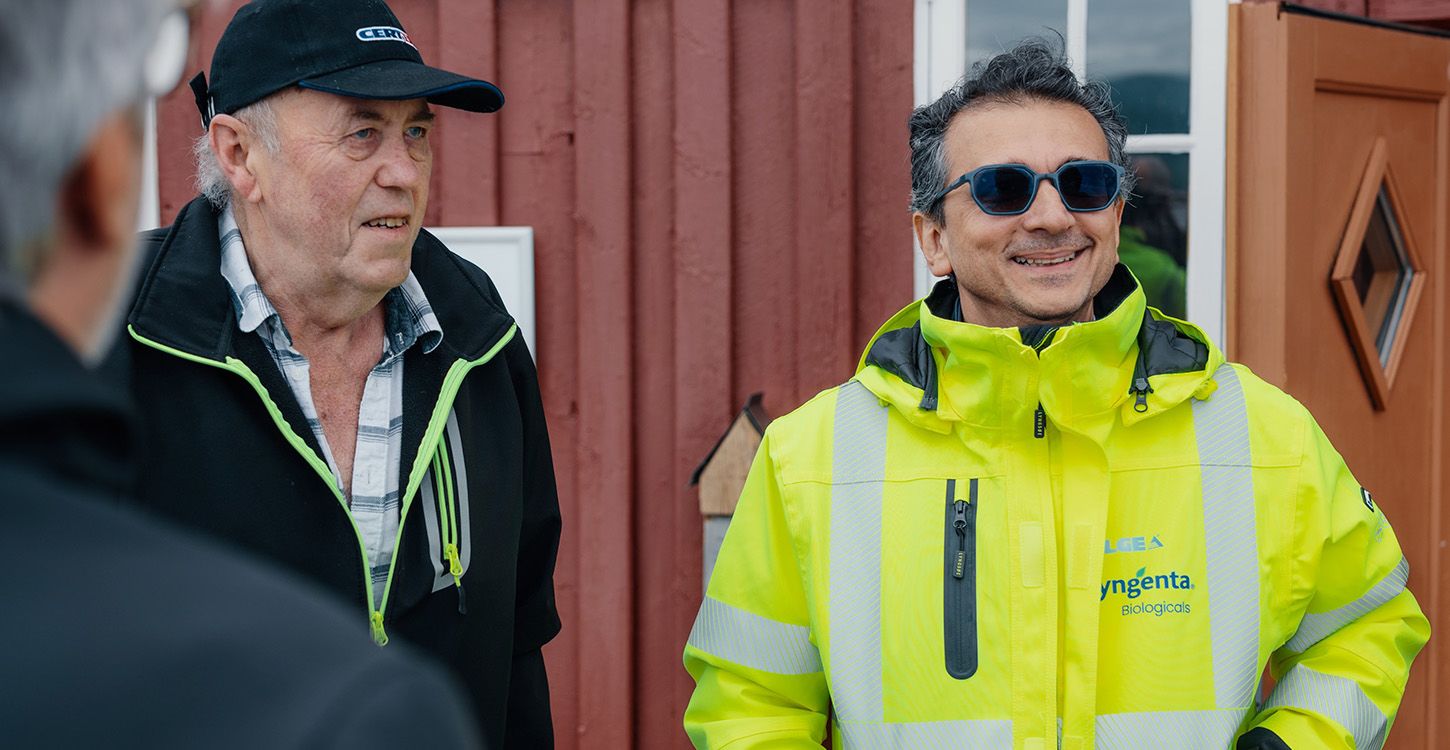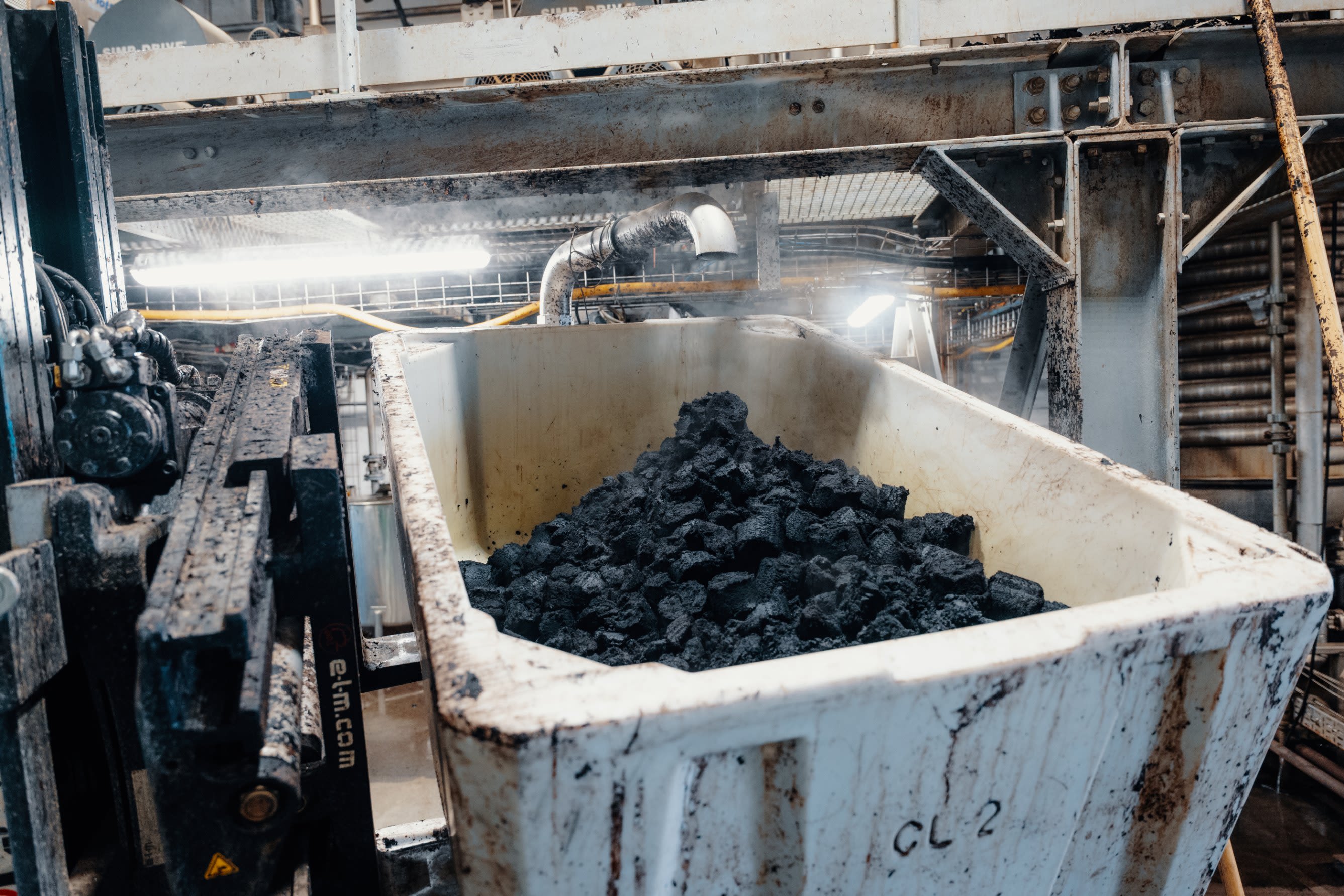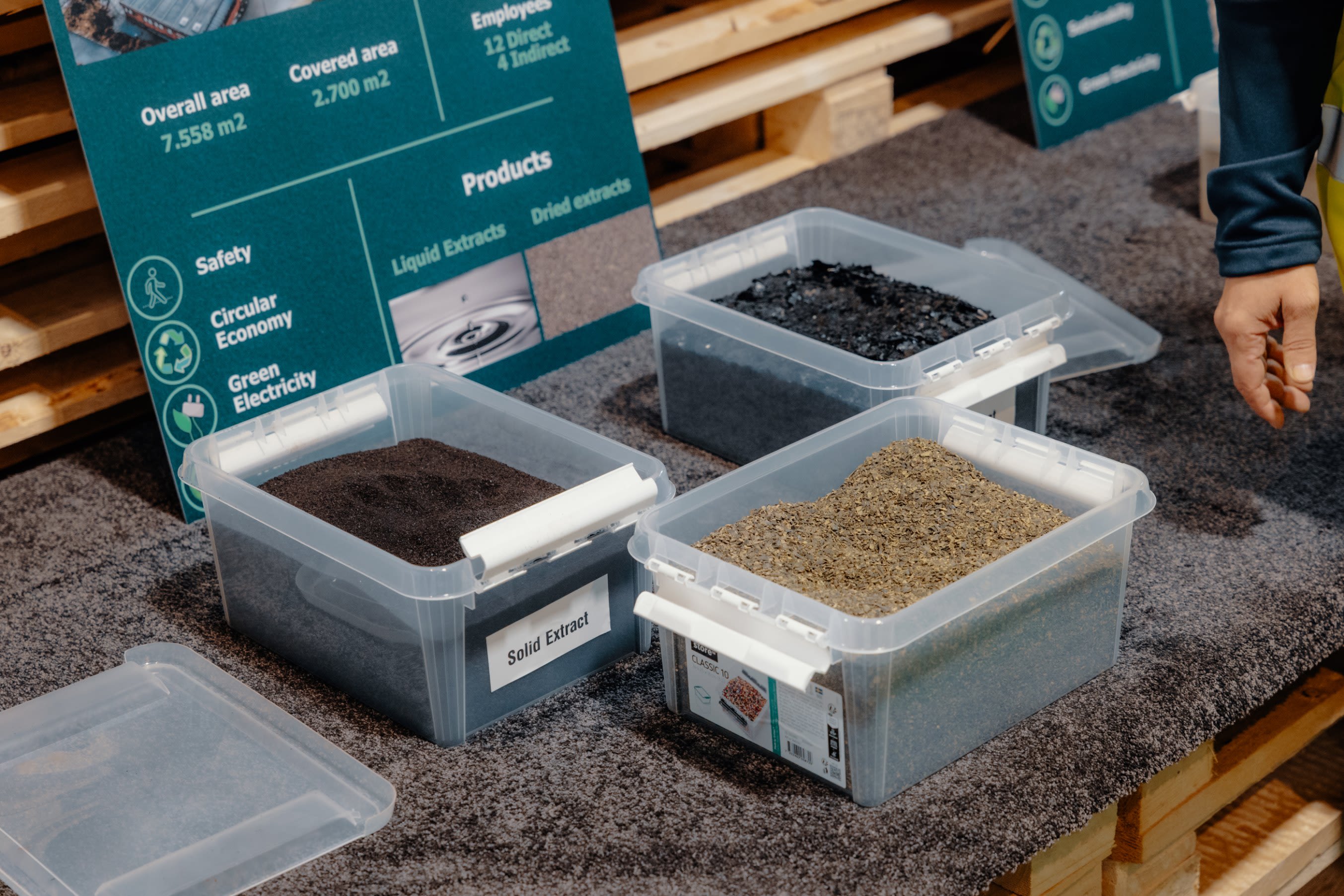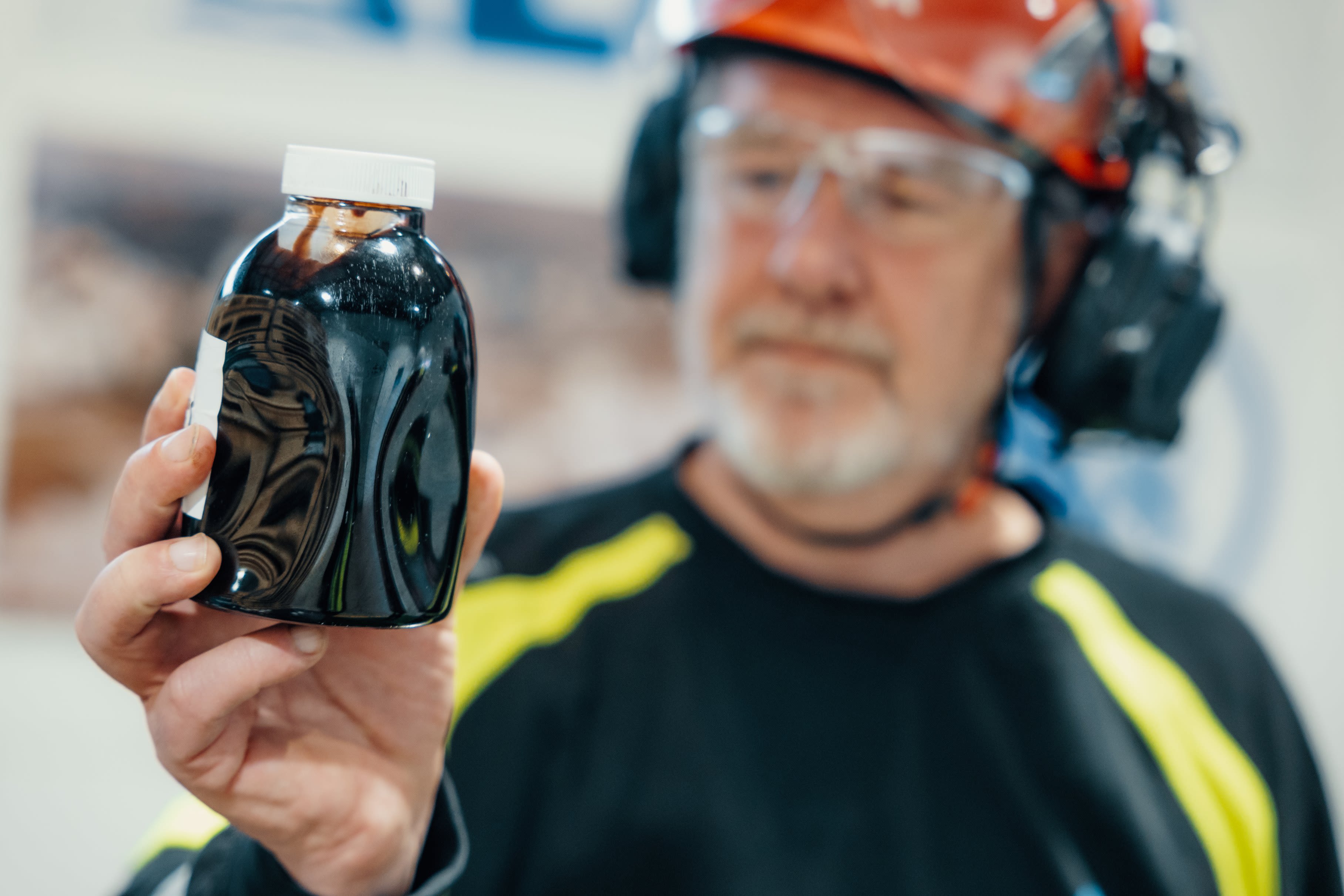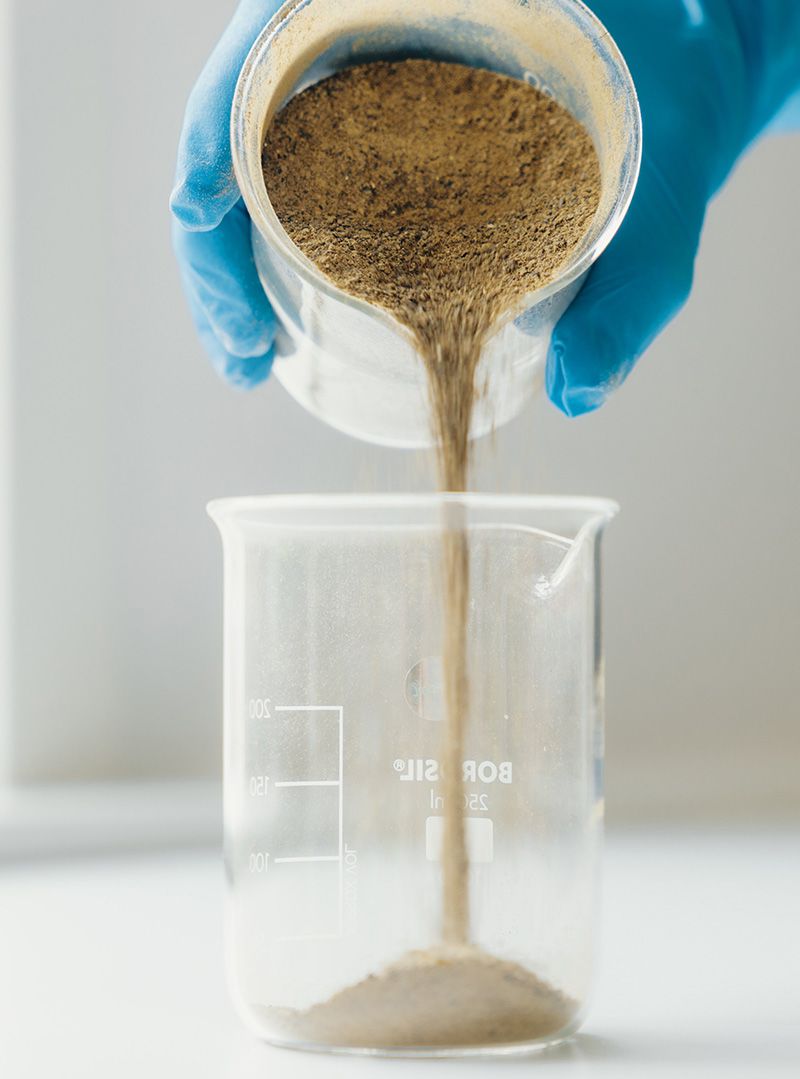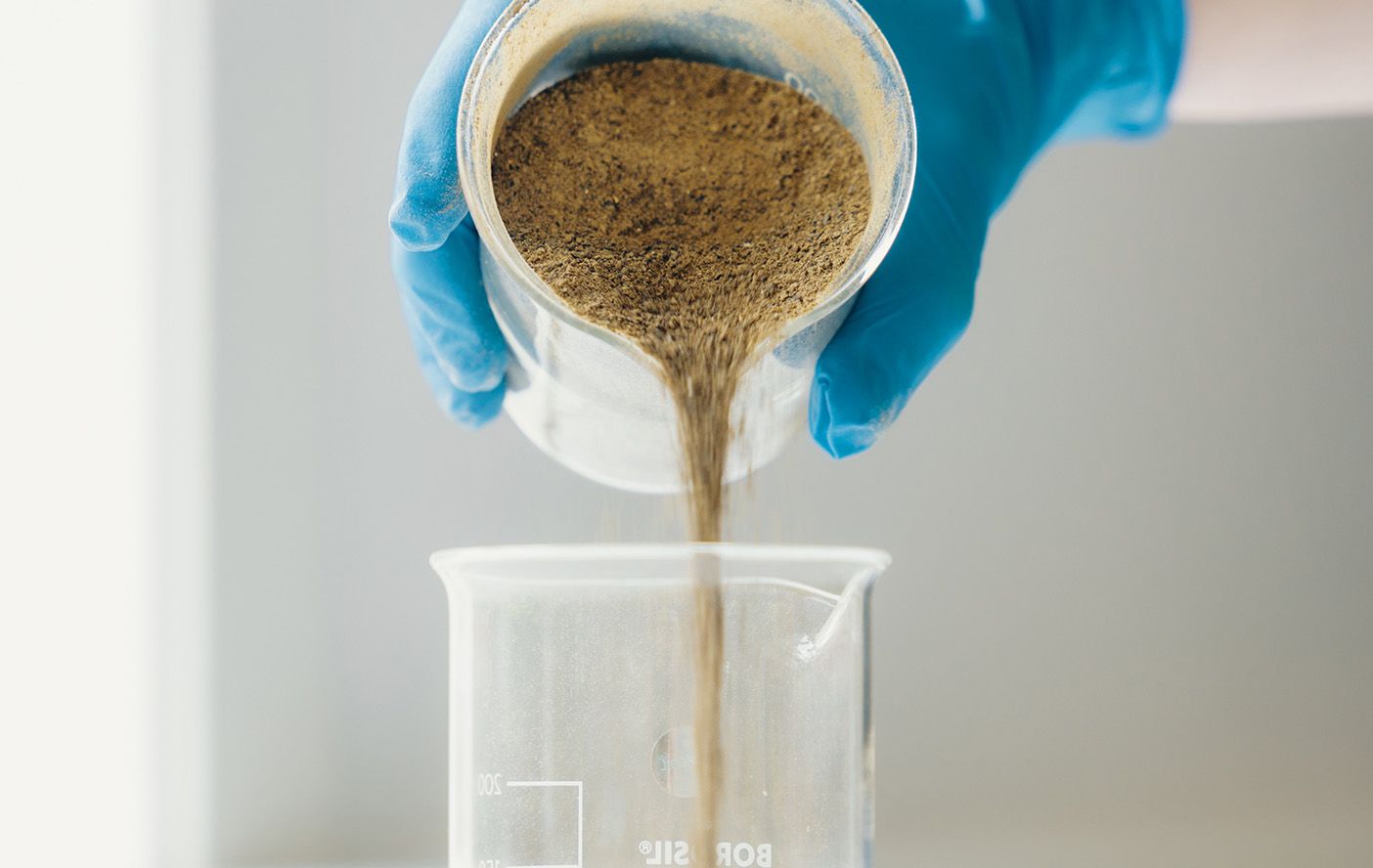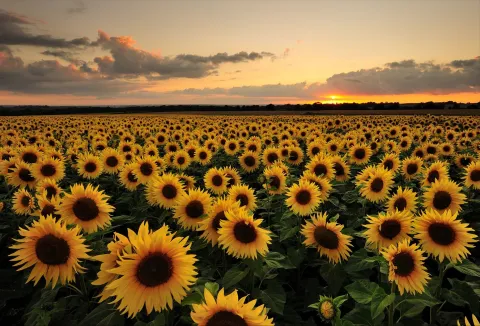From fjord to farm
The ancient seaweed powering the next generation of agricultural biologicals
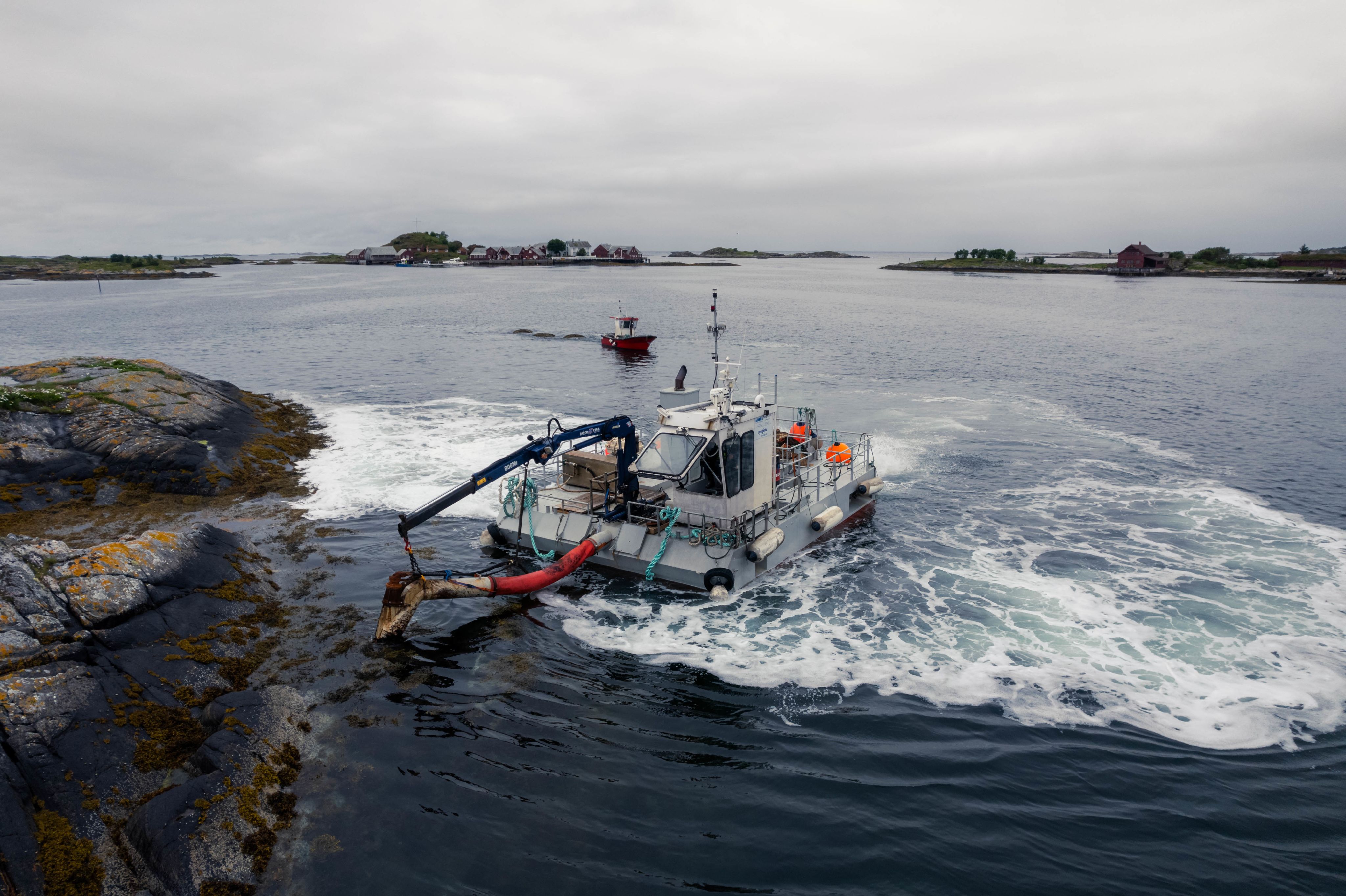
In icy waters near the Arctic Circle, there's an ancient seaweed that has grown for millennia.
Along Norway’s endless coasts, canopies of Ascophyllum nodosum, commonly called Knotted Wrack, bloom. Its rust-hued blades, bleached by the sun and exposed to the unrelenting elements, fan across the rocks. Meanwhile in the pristine waters below, the dusty-green blades sway gently.
But this serene scene masks the sheer resilience of this sea kelp, which has withstood some of the harshest conditions on earth.
This year, Syngenta is celebrating its 25th anniversary. Check out more of our stories about innovation.
This year, Syngenta is celebrating its 25th anniversary. Check out more of our stories about innovation.
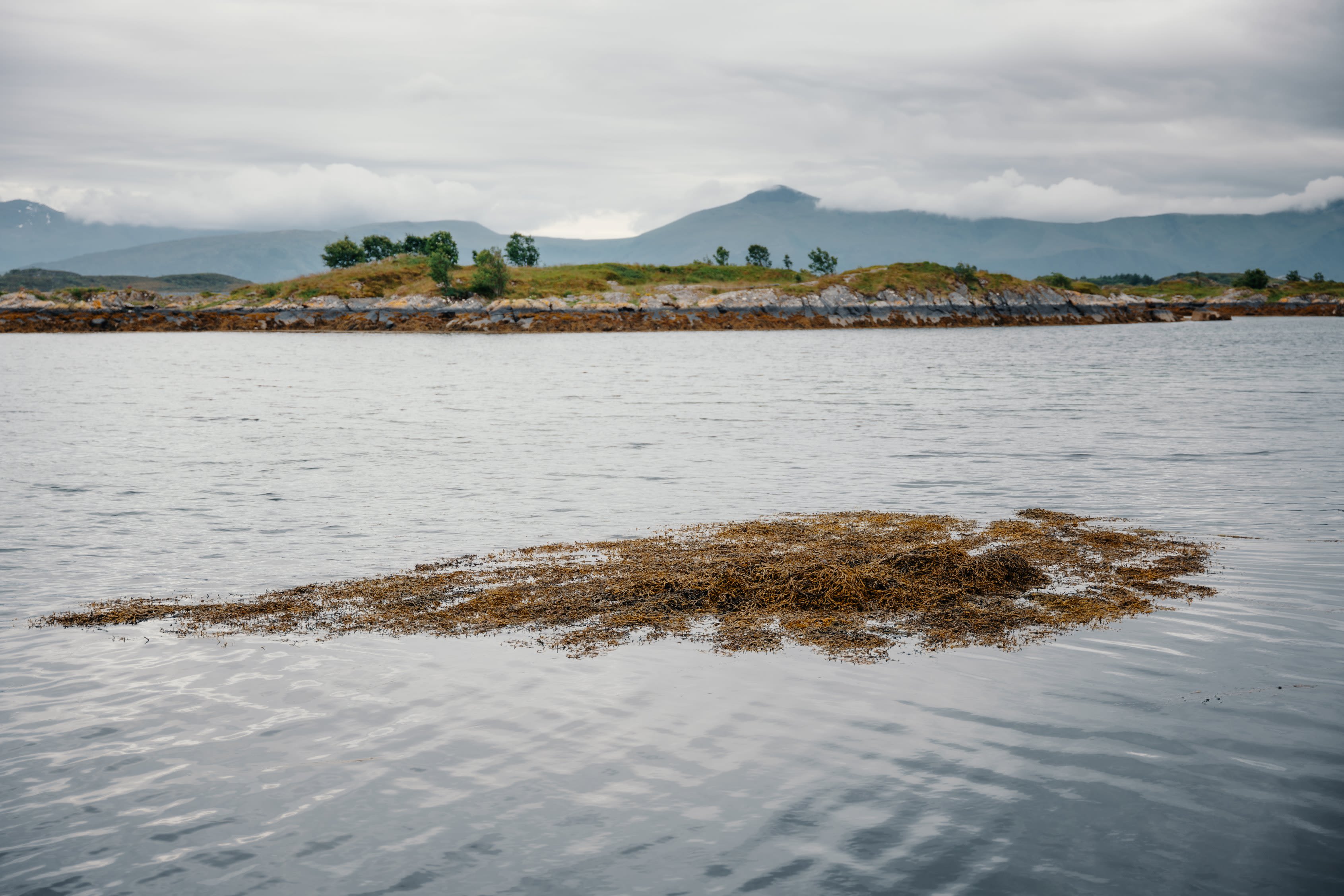
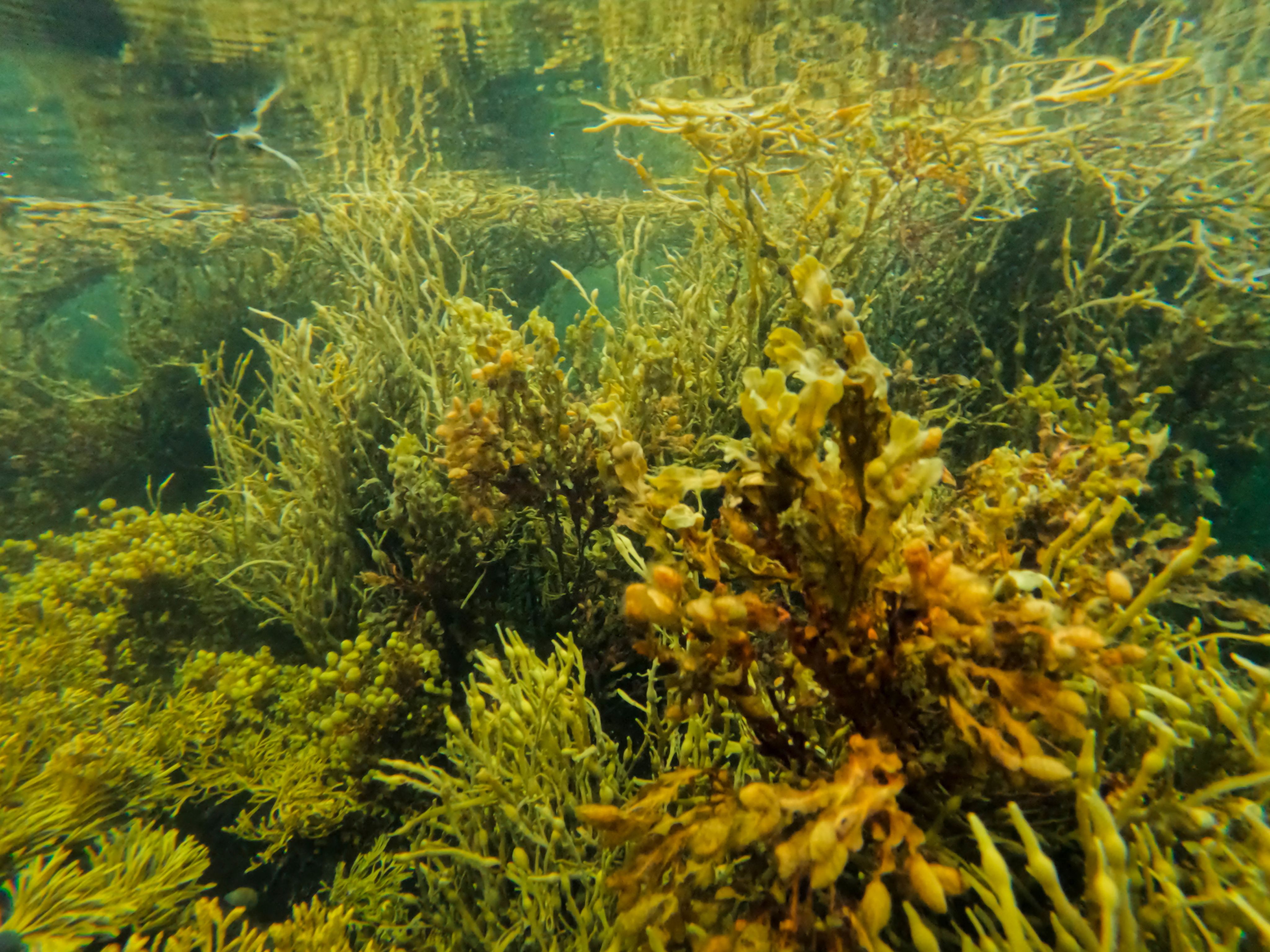
Come summer, near-constant sunshine will pierce the clear waters for months on end. Winter meanwhile, brings days of endless darkness. For several weeks at a time, the sun will not rise at all. Unforgiving winds, clocking up to 180 kilometers an hour, tear along the country’s vast coastline.
But there is something within this gritty algae that allows it to endure – and to flourish.
The Vikings knew that. Harnessing the tide, they harvested this plant to feed their livestock and to nurture their crops and soil. Centuries on, this tradition continues. Fishermen, timing their movements with the moon, continue to harvest the seaweed year-round.
But today, extracts of this sturdy kelp are powering the emerging sector of agricultural biologicals. Combining generational knowledge and cutting-edge science with an agile global supply chain has made this all possible.
Across the world, millions of growers are now using products on their crops that contain traces of this ancient superpower harvested near the top of the world.
Tradition meets technology
To harvest seaweed is to measure time by the tides and determine a ship’s movements by the moon.
Oddmund Hestvik has spent 50 years harvesting the seaweed along Norway’s coastline – the second longest in the world. As he explains, it’s not your regular nine-to-five schedule. The seaweed is harvested twice a day, for six hours at a time.
“It’s a fine life, a free life. You are not going by the clock, you are going by the moon, by the tide.”
The conditions can be brutal, but also awe-inspiring. It’s often solitary work, or carried out in pairs, with only the seabirds – or, if you’re lucky, a friendly group of whales or dolphins – to keep you company. Fishermen have even recounted witnessing foxes and rabbits swimming through the icy Norwegian waters. At each harvest, no matter the hour, the horizon feels within reach.
“It’s very good to wake up out in the islands, no one around you, you are just on your own and everything is calm and peaceful,” Hestvik smiles. “That’s a good life.”
Oddmund Hestvik has spent nearly half a century harvesting Ascophyllum nodosum.
Oddmund Hestvik has spent nearly half a century harvesting Ascophyllum nodosum.
Tradition meets technology
To harvest seaweed is to measure time by the tides and determine a ship’s movements by the moon.
Oddmund Hestvik has spent 50 years harvesting the seaweed along Norway’s coastline – the second longest in the world. As he explains, it’s not your regular nine-to-five schedule. The seaweed is harvested twice a day, for six hours at a time.
“It’s a fine life, a free life. You are not going by the clock, you are going by the moon, by the tide.”
The conditions can be brutal, but also awe-inspiring. It’s often solitary work, or carried out in pairs, with only the seabirds – or, if you’re lucky, a friendly group of whales or dolphins – to keep you company. Fishermen have even recounted witnessing foxes and rabbits swimming through the icy Norwegian waters. At each harvest, no matter the hour, the horizon feels within reach.
“It’s very good to wake up out in the islands, no one around you, you are just on your own and everything is calm and peaceful,” Hestvik smiles. “That’s a good life.”
Oddmund Hestvik has spent nearly half a century harvesting Ascophyllum nodosum.
Oddmund Hestvik has spent nearly half a century harvesting Ascophyllum nodosum.

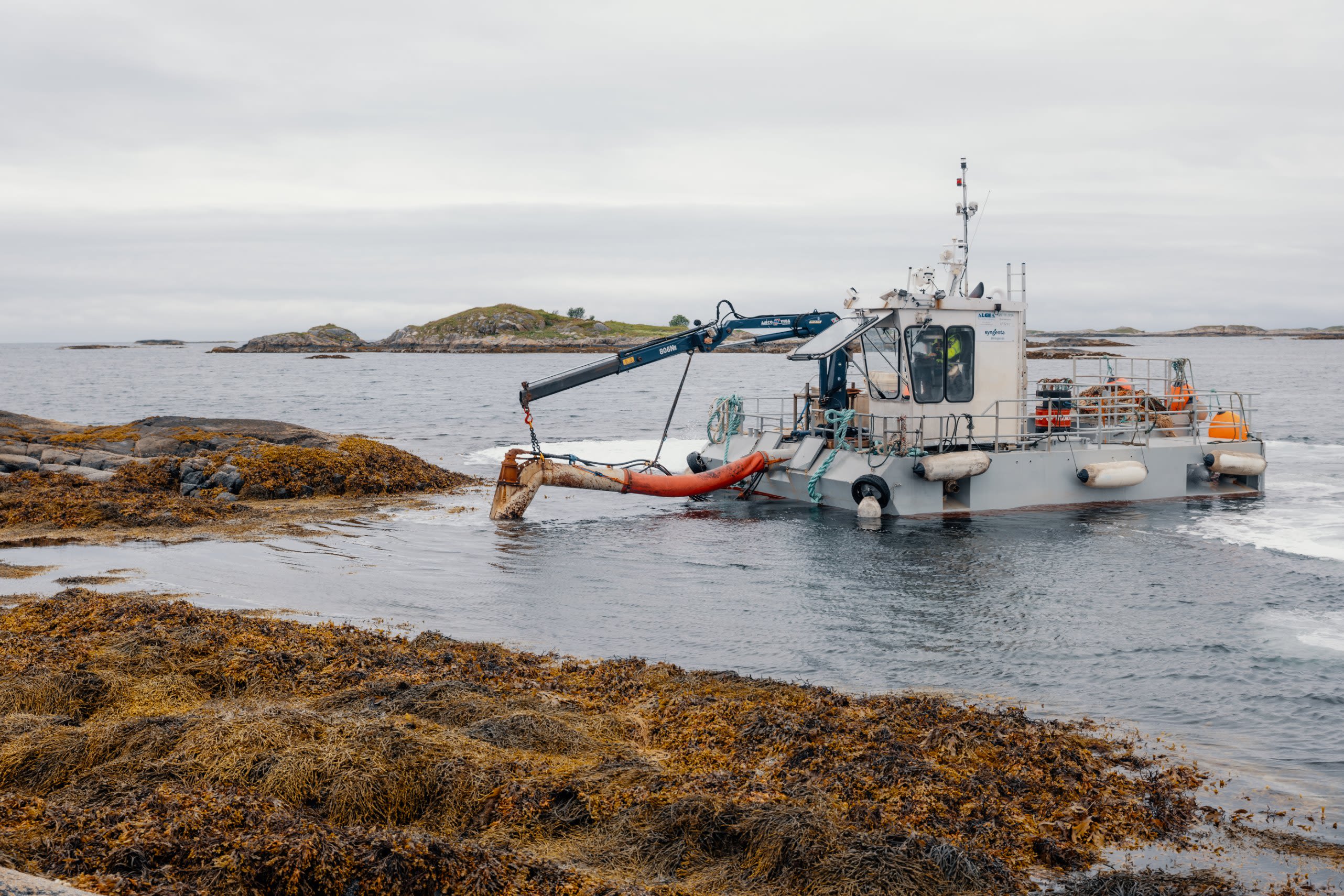
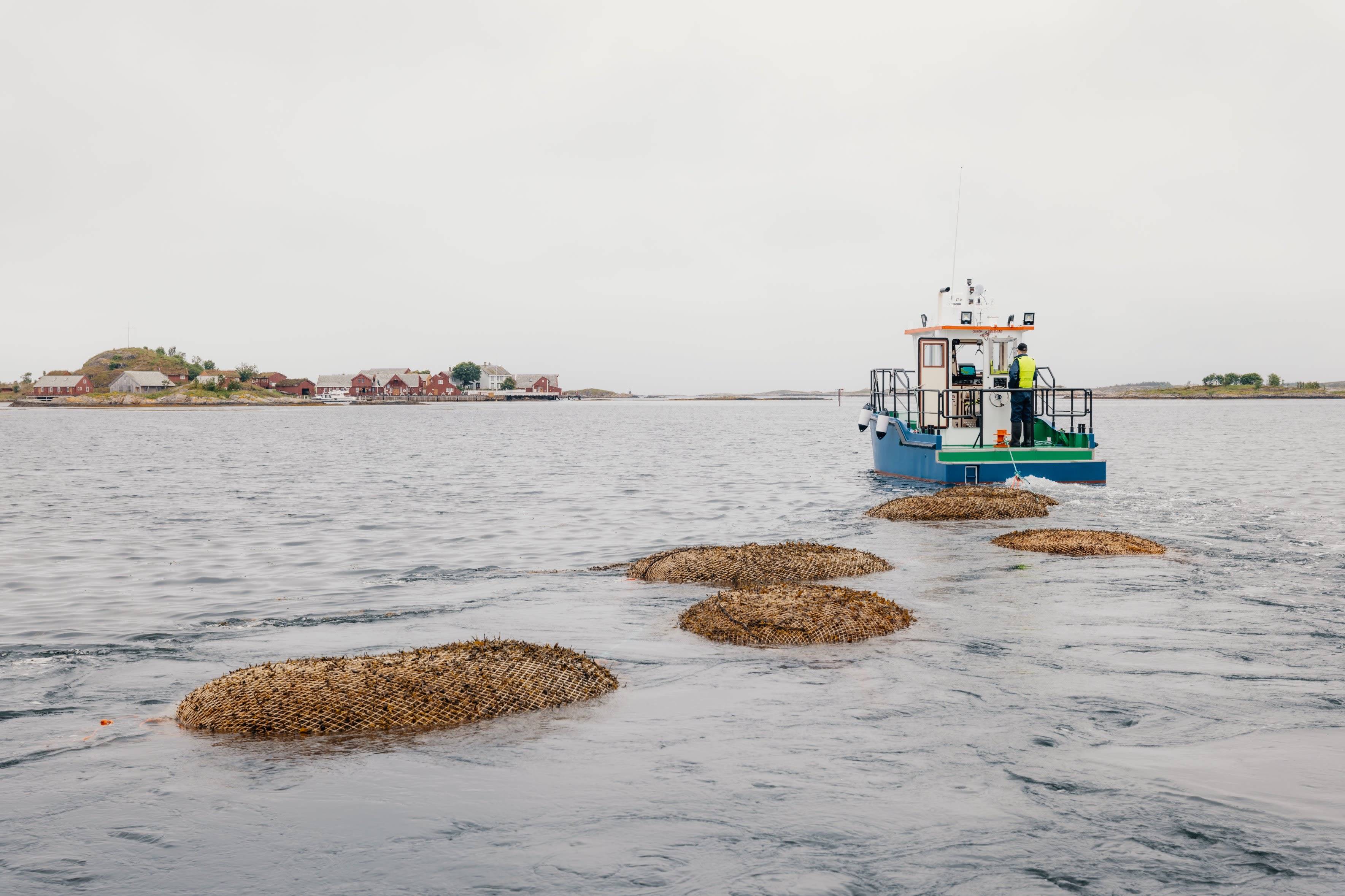
Arctic harvest
But harvesting seaweed is also hard work – and more complicated than you might expect. Back when Hestvik started out, that work was all done manually. Come high tide, fishermen would spend hours out in the harsh elements, carefully cutting the floating kelp blades by hand.
Their methods mirrored that of the ancient Vikings, who were forced to carve routes through the Knotted Wrack carpeting the region’s waters in order to clear the way for their vessels.
It wasn’t until 1973 that the harvesting process radically changed. And it was thanks, in large part, to Hestvik.
Working with a local family business called ALGEA, which was founded in the late 1930s, he helped to designed a new type of harvester. This clever machine could slice and hoover up the floating kelp, before storing it in sturdy nets. The vessel’s tailor-made nozzle has been likened to an elephant’s trunk, gently yet precisely collecting this precious resource.
Ascophyllum nodosum can stretch as long as 10 meters underwater. During harvesting, the kelp’s superfluous blades are severed but the essential structure that ensures the seaweed will regrow are not. Think of a florist cutting flowers for a bouquet, while preserving the stem to ensure the blooms can return.
Hestvik’s efficient design supercharged the local industry. Today, a fleet of eight ships, spawned from his original boat, meander along the edge of the Arctic Circle year-round.
Once each vessel’s net is full it detaches from the boat. There, the harvested Knotted Wrack will bob along the crystal-clear waters, awaiting its pick up by an accompanying tugboat.
Active algae ingredients
The seaweed that was once fed to Viking livestock and enriched ancient soils is today at the forefront of one of the most exciting fields of science.
Ascophyllum nodosum is a key ingredient in the design of effective, nature-inspired agricultural technologies known as biologicals. These substances have been shown to boost crop resilience to stress, enhance soil health, and support farmers to manage pests and diseases, ensuring they can sustainably grow high yields.
Once harvested, the seaweed undergoes processing to form the base for agricultural biologicals products.
Once harvested, the seaweed undergoes processing to form the base for agricultural biologicals products.
The properties of the seaweed that contribute to its hardiness form the base for agricultural biological solutions for farmers to use as an accompaniment to support them to grow. Simply put, these products are resilience in a bottle. The active ingredients of these solutions, drawn from Ascophyllum nodosum, help plants to grow and flourish, and improve plant tolerance to extreme weather conditions, including drought and heavy rain. In farmers' fields around the world, these same traces of resilience from seaweed harvested near the Arctic Circle are shoring up crop productivity.
At Syngenta Group’s processing sites in Brønnøysund and Kristiansund, along the Norwegian coast, the essence of this resilient seaweed is distilled into powerful products for farmers.
Old tradition meets new technology at Syngenta's Kristiansund processing site.
Old tradition meets new technology at Syngenta's Kristiansund processing site.
The company acquired ALGEA in 2020 and has continued the legacy tradition of drying, grinding, dissolving, and extracting the active ingredients that form the base for farmer-focused biologicals products.
As ALGEA’s general manager Ottorino Biondi explains, it is the hardiness of the seaweed, forged from these harsh Arctic conditions, that today fuels agricultural success for farmers around the world.
Ottorino Biondi, General Manager of ALGEA.
Ottorino Biondi, General Manager of ALGEA.
He says: “The specialty of this seaweed is its capacity to endure, to adapt and its resilience. The active principles that are found in the seaweed are extremely effective. The products are compatible with other crop inputs, making it valuable for sustainable agriculture.”
Biologicals: the future of farming
Traces of this ancient Ascophyllum nodosum can now be found on crops and soils around the world, in the form of agricultural biologicals products used on crops and to nurture soil.
Studies have shown that using these products can promote plant growth, resulting in higher yields, while supporting crops to better tolerate environmental stress.
Today, the biologicals market represents the fastest-growing sector in the crop protection industry, fueled by growing farmer interest, regulatory changes and emerging science. Globally, the market is projected to grow 10 percent annually to reach nearly $20 billion within the next five years, according to AgbioInvestor and Syngenta’s estimate.
“Biologicals are a fundamental tool to complement and enhance conventional crop protection solutions and represent the future of agricultural inputs,” Biondi says.
“When combined holistically with agronomic expertise and science, they offer a way to sustainably ensure that we have the capacity to meet the needs of a growing population around the world.”
Today, traces of this ancient seaweed are found on farmers' fields around the world.
Today, traces of this ancient seaweed are found on farmers' fields around the world.
Biologicals: the future of farming
Traces of this ancient Ascophyllum nodosum can now be found on crops and soils around the world, in the form of agricultural biologicals products used on crops and to nurture soil.
Studies have shown that using these products can promote plant growth, resulting in higher yields, while supporting crops to better tolerate environmental stress.
Today, the biologicals market represents the fastest-growing sector in the crop protection industry, fueled by growing farmer interest, regulatory changes and emerging science. Globally, the market is projected to grow 10 percent annually to reach nearly $20 billion within the next five years, according to AgbioInvestor and Syngenta’s estimate.
“Biologicals are a fundamental tool to complement and enhance conventional crop protection solution and represent the future of agricultural inputs,” Biondi says.
“When combined holistically with agronomic expertise and science, they offer a way to sustainably ensure that we have the capacity to meet the needs of a growing population around the world.”
Today, traces of this ancient seaweed are found on farmers' fields around the world.
Today, traces of this ancient seaweed are found on farmers' fields around the world.
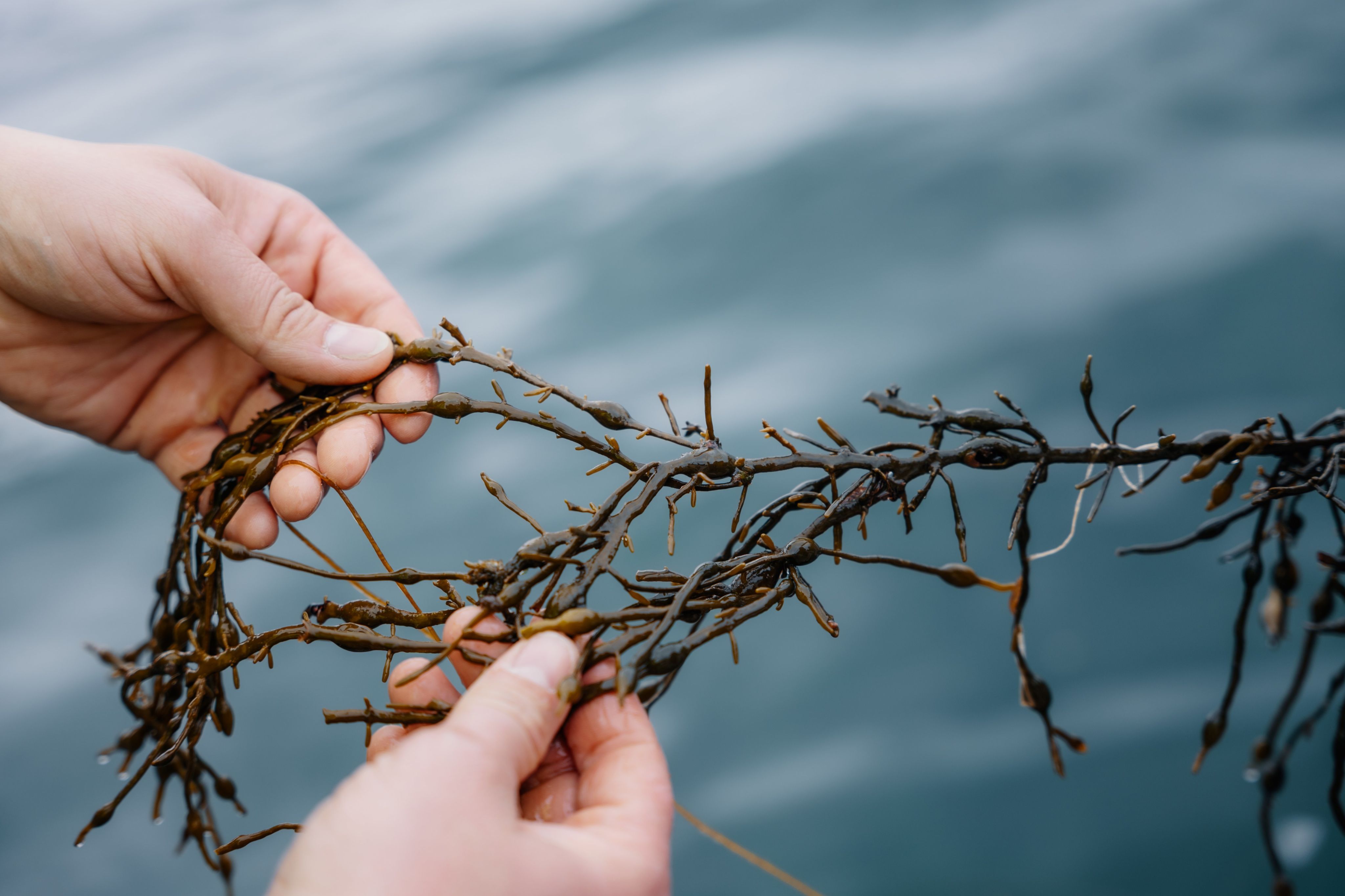
But in its simplest form, the life journey of this seaweed from the remote waters of Norway to growers' hands around the world represents one thing for Biondi.
“For me, the seaweed represents passion for the type of work we do, which is combining nature and science with purpose. We connect with nature out at sea when we harvest the seaweed, with science when we transform this seaweed, and with purpose with how we support farmers with these products.”

This year, Syngenta is celebrating its 25th anniversary. We are proud of our continuous innovation and contribution to the food system over the past quarter century. Check out more of our stories about innovation.
This year, Syngenta is celebrating its 25th anniversary. We are proud of our continuous innovation and contribution to the food system over the past quarter century. Check out more of our stories about innovation.

